Construction Civil
What’s on your mind?
DISCLAIMER:
The information we provide on www.constructioncivil.com is for educational or general informational purposes only. All information on the Site is provided in good faith. However, we make no representation or guarantee of any kind, express or implied, regarding the accuracy, adequacy, validity, reliability, availability or completeness of any information on the Site.
Recent Posts:
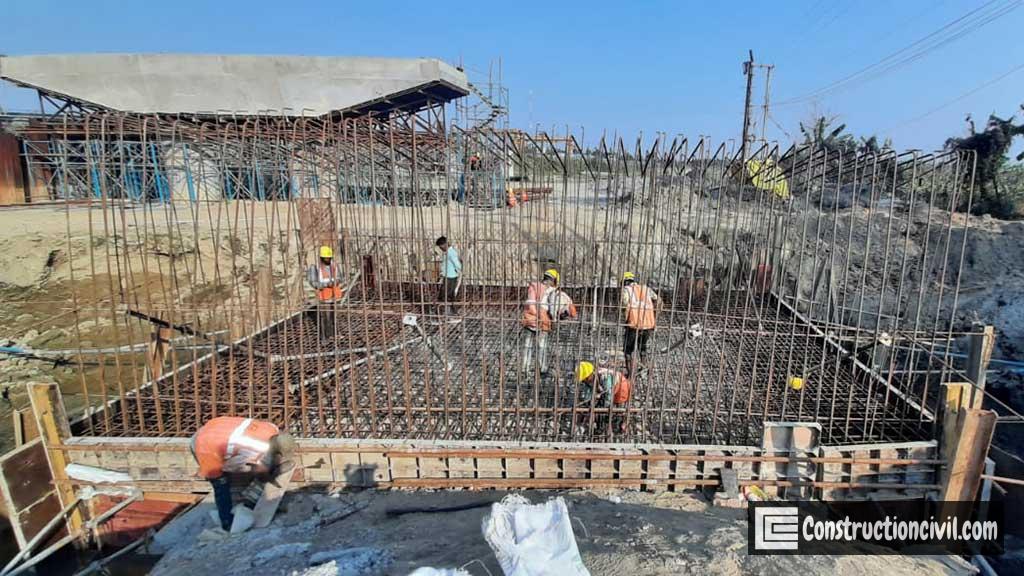
Construction of Footings – Important Guidelines
What is Shallow Foundation? A shallow foundation is a type of open foundation; it is suitable when the foundation soil has the sufficient bearing capacity within a short depth below the existing ground…
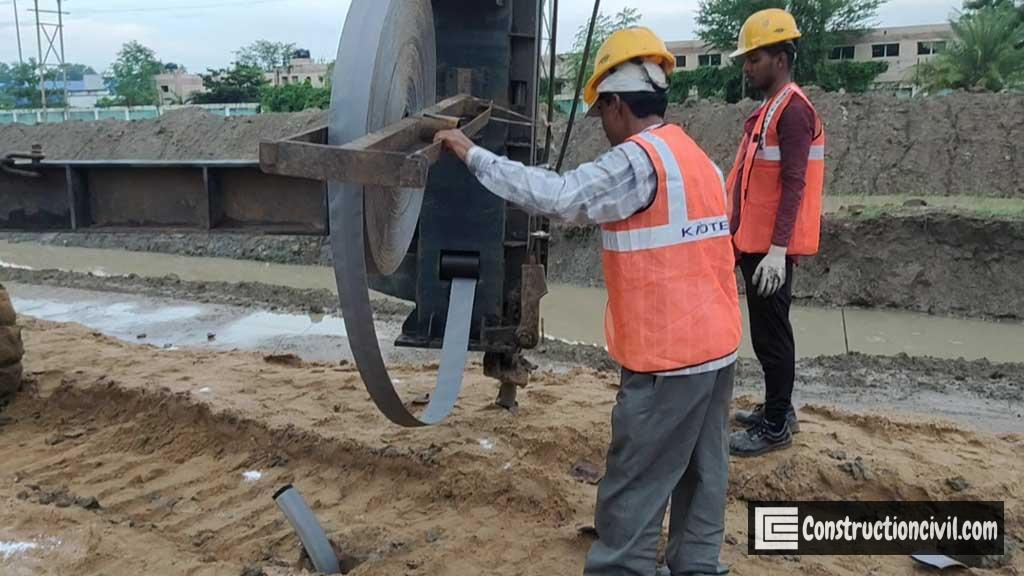
PVD Drain Installation for Ground Improvement
PVD Drain, known as Prefabricated Vertical Drains, has a channelled plastic core covered with a geotextile like a jacket. The channelled plastic core supports the wrapped filter fabric and delivers longitudinal…
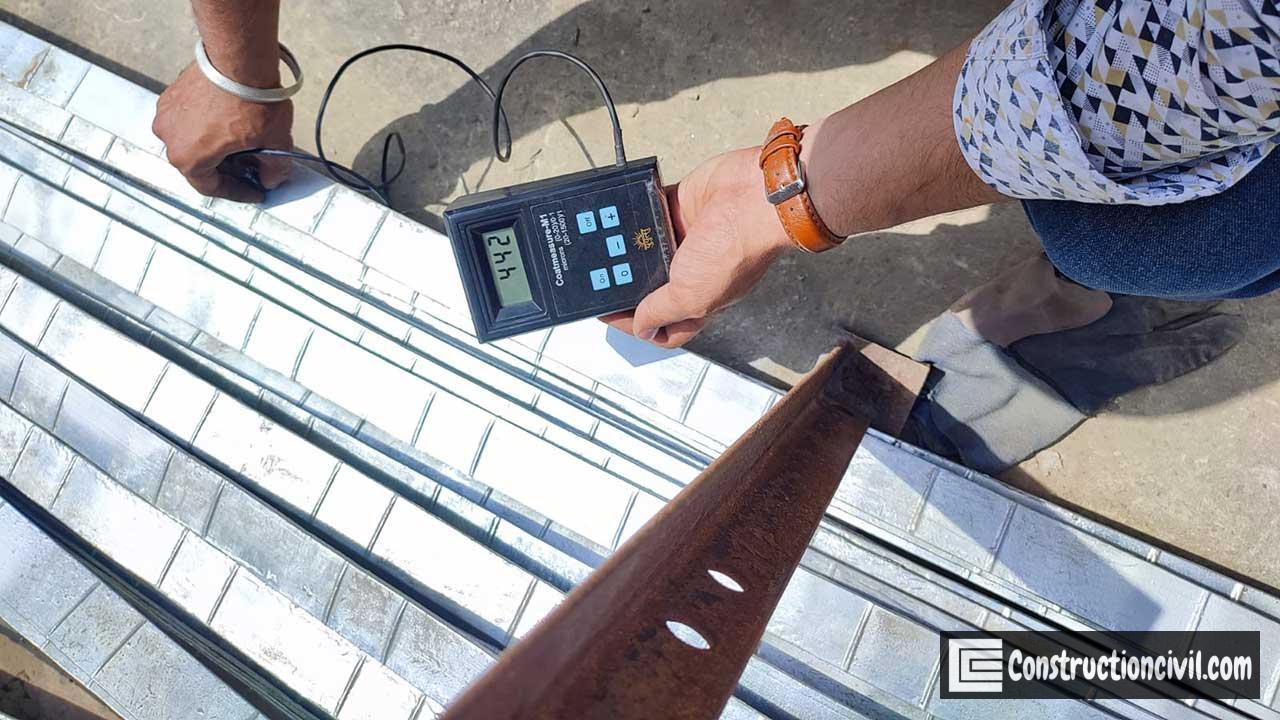
Soil Reinforcement Methods – Advantages and limitations
Soil reinforcement methods are adopted to improve the strength and stiffness of soil layers. Different ground improvement techniques are used to enhance soil strength, like vibro replacement stone and…
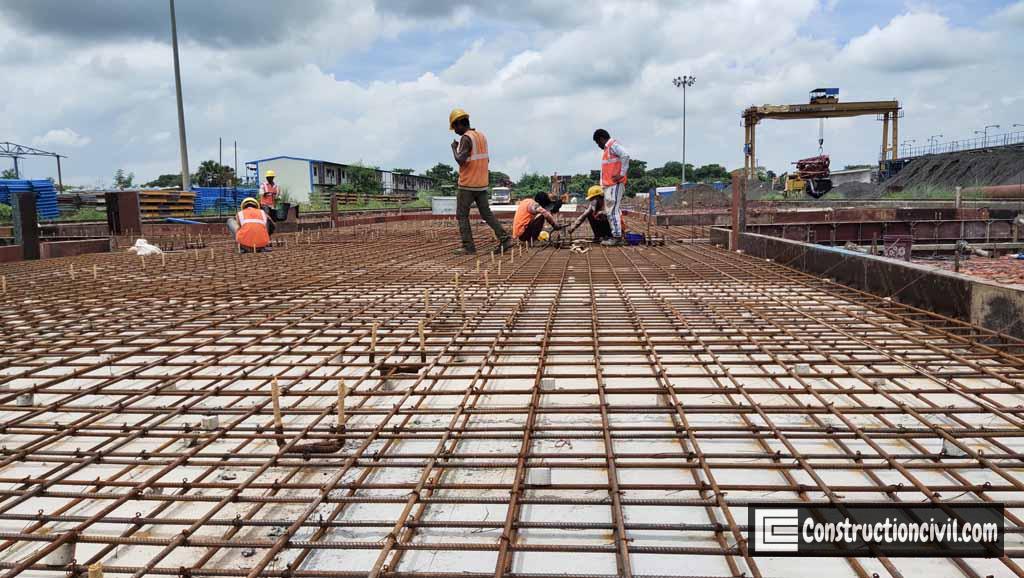
Formula for Development Length, Anchorage and Lapping Length
The primary purpose of lap length and development length, anchorage length, is to provide sufficient bond strength between reinforcement and concrete but in different situations. Development length…
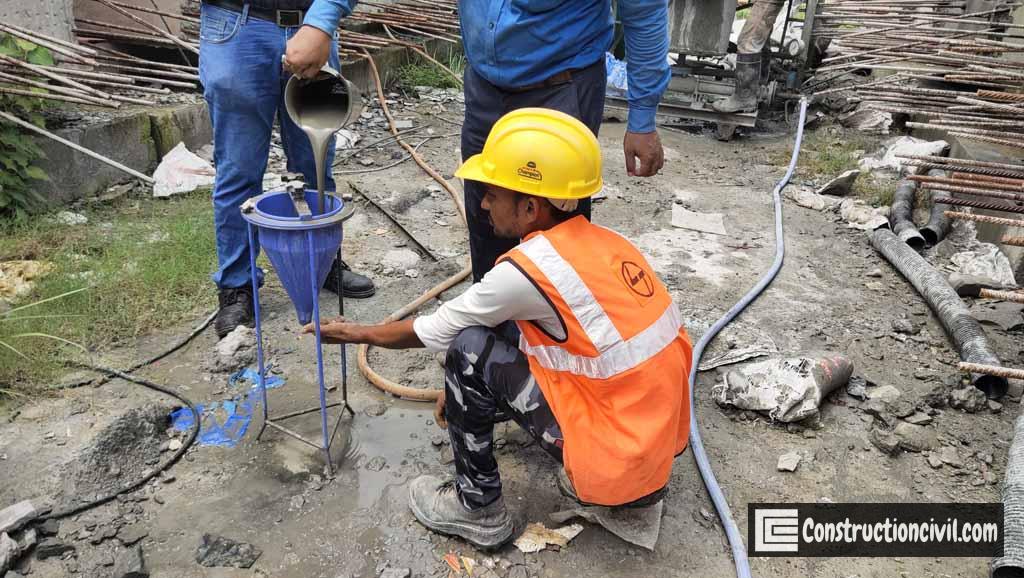
PSC Girder Grouting Methodology
Grouting in post-tensioning is necessary for preventing corrosion of the prestressing strand by surrounding it in an alkaline environment, filling all cavities with grout, and help to achieve an adequate…
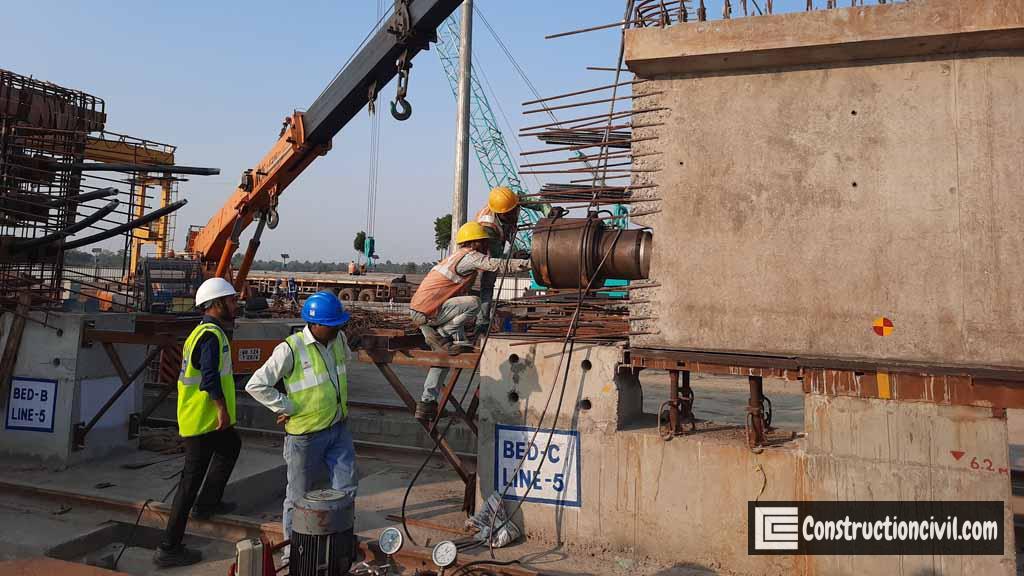
What is Prestressing of Concrete? – Method with Calculation
What is prestressing of concrete? Tensile stresses are undesirable for concrete, so to eliminate the same, the compressive stresses generated from external loads are introduced in concrete as per the design…
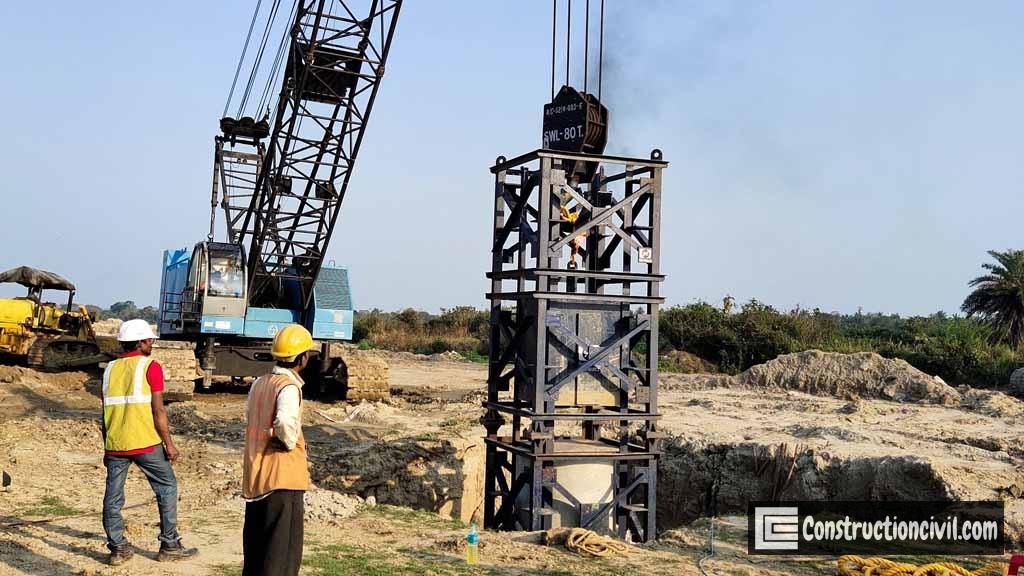
Dynamic Load Test on Piles – Objective, Procedure & Analysis
Dynamic load test on piles is a method that can be used to evaluate pile load-carrying capacity by applying a dynamic load. The method is valid, reliable, and helps evaluate pile capacity quickly compared…
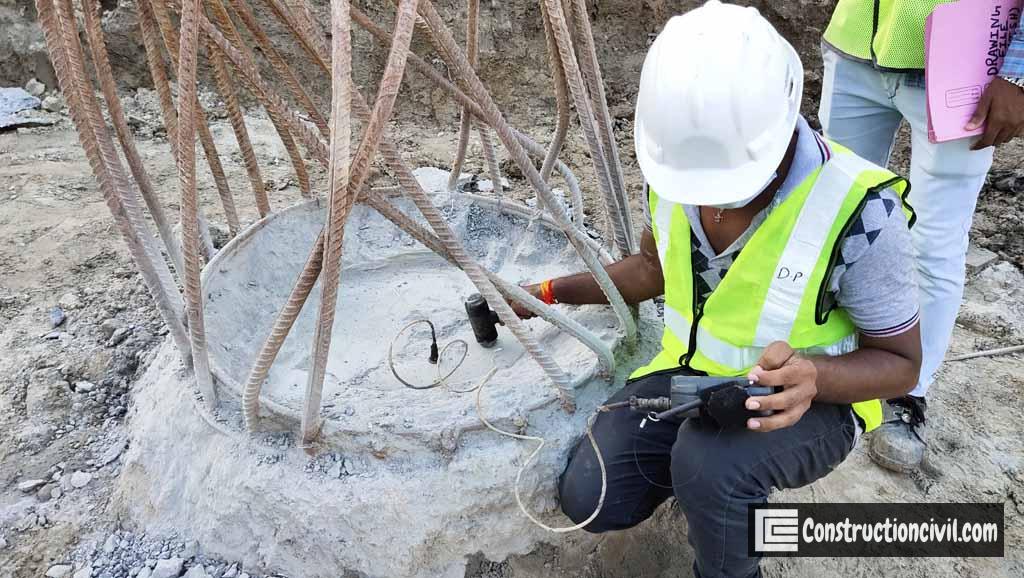
Integrity Test of Pile – Purposes, Procedure & Limitations
Integrity test of Pile is a technique that can be used both on cast-in-situ and prefabricated piles, and it is a non-destructive type of testing to check the integrity of the pile shaft. PIT test of Pile…
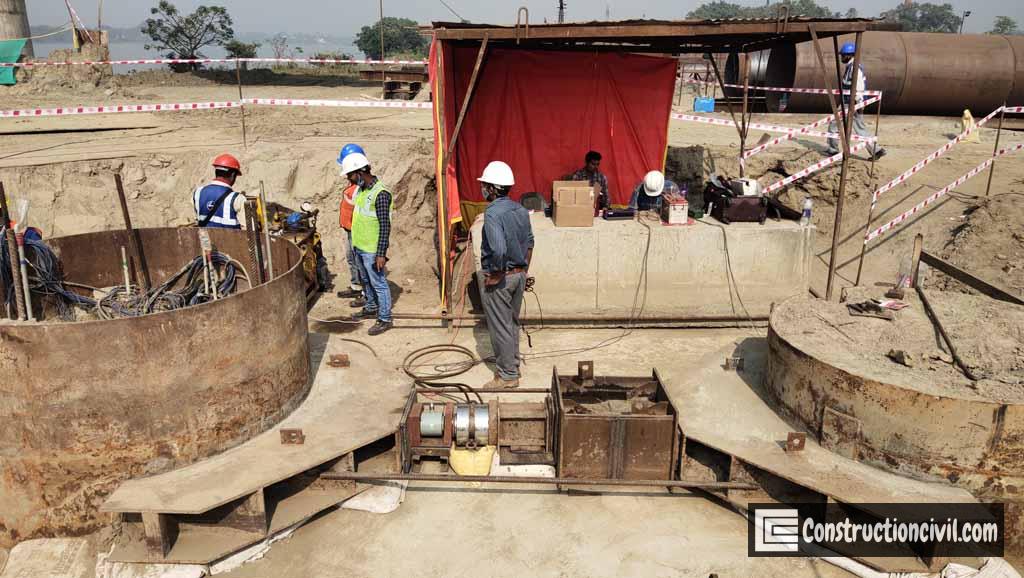
Lateral Load Test Pile – General Arrangement & Procedure
The initial lateral load test for piles shall be conducted after 28 days of lateral load test pile casting by obtaining a reaction from the concrete blocks or adjacent piles. Sufficient working space should…
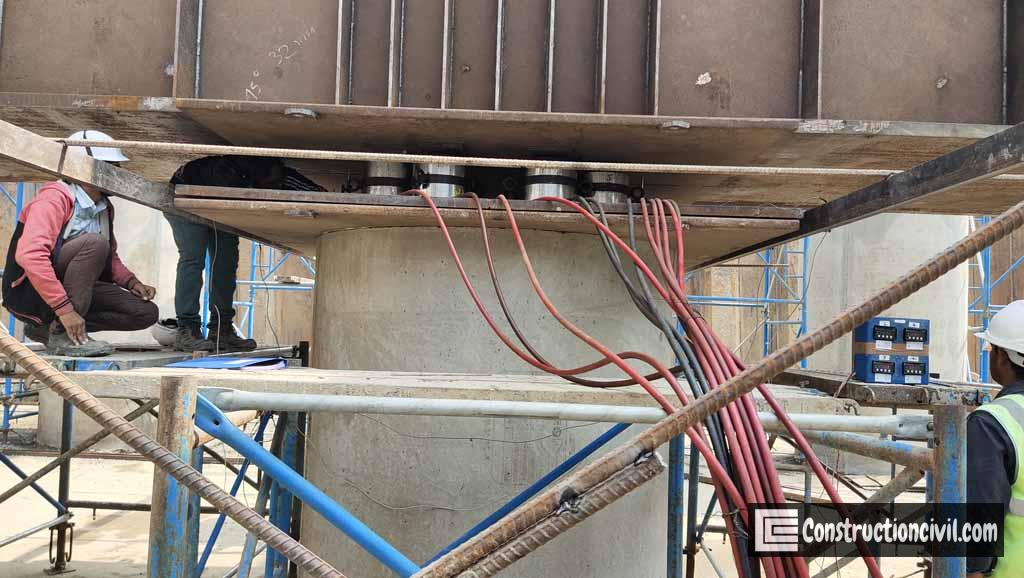
Vertical Pile Load Test Procedure – Kentledge Method
Two types of Pile load tests are generally conducted at the site, initial and routine, to determine load-carrying capacity and get an idea of the suitability of the piling system. The mode of loading can…
No posts found
1
2
3
4
5
More Result
More Result
More Result
More Result
Construction Civil
Civil Engineering Works
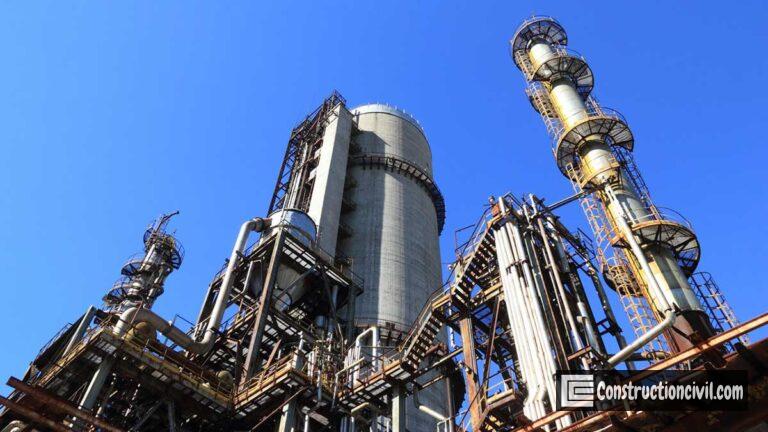
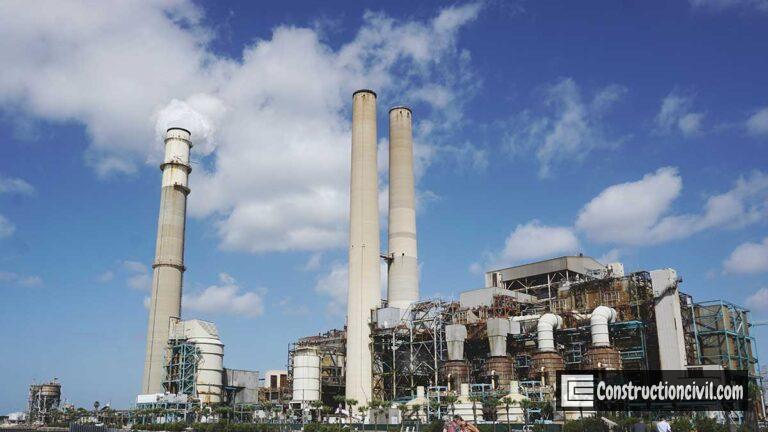


Construction Gallery
